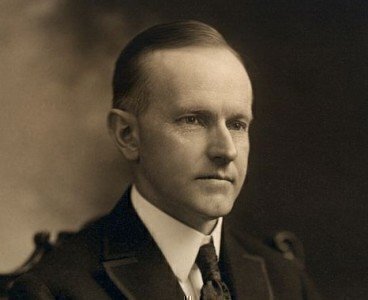This week, President Barack Obama again spoke about his prospects of winning a third term in office, if he were allowed to run under the Constitution. But as history shows, even when that was possible, the odds were against any candidate.

In a podcast interview with former adviser David Axelrod, President Obama said, “I am confident in this vision [of hope and change] because I’m confident that if I — if I had run again and articulated it, I think I could’ve mobilized a majority of the American people to rally behind it.” President-elect Donald Trump didn’t agree with Obama’s assessment.
The 22nd Amendment’s ratification in 1951 limits the number of terms an elected President can serve in office. “No person shall be elected to the office of the President more than twice, and no person who has held the office of President, or acted as President, for more than two years of a term to which some other person was elected President shall be elected to the office of the President more than once,” the amendment reads.
Unless there is a new constitutional amendment that changes the 22nd Amendment, President Obama or any President who has been in office for more than six years before seeking another term can’t run for President again. For example, in 1968, Lyndon Johnson was eligible to run for President since he had only served the last year of President John F. Kennedy’s term. But Johnson declined to do so.
For generations, Americans and politicians veered away from the concept of a third-term President. George Washington had set an unofficial precedent in 1796 when he decided several months before the election not to seek a third term.
In 1799, a friend again urged Washington to come out of retirement to run for a third term. Washington made his thoughts quite clear, especially when it came to new phenomena of political parties.
“The line between Parties,” Washington said, had become “so clearly drawn” that politicians “regard neither truth nor decency; attacking every character, without respect to persons – Public or Private, – who happen to differ from themselves in Politics.”
Washington’s voluntary decision to decline a third term was also seen as a safeguard against the type of tyrannical power yielded by the British crown during the Colonial era.
Between 1796 and 1940, four two-term Presidents sought a third term to varying degrees. Ulysses S. Grant wanted a third term in 1880, but he lost the Republican Party nomination to James Garfield on the 36th ballot. Grover Cleveland lacked party support for a third term but was a rumored candidate. Woodrow Wilson hoped a deadlocked 1920 convention would turn to him for a third term but he received no support at the Democratic convention.
Even the popular Theodore Roosevelt couldn’t get by party objections to a third term. Roosevelt passed on running for a third consecutive term in 1908, fully aware of the Washington precedent. But after a fallout with President William Howard Taft, he sought a third nonconsecutive term in the 1912 presidential election. He lost the election but came in second ahead of Taft.
It was left to Franklin Roosevelt to break the third-term rule. In 1940, Roosevelt decided to run again after World War II broke out in Europe and Nazi Germany overran France. The move caused some key Roosevelt supporters within the Democratic Party to leave his campaign. Roosevelt insisted that he was in the race to keep America out of war in Europe, and he easily defeated Wendell Willkie on Election Day.
After Franklin Roosevelt died in 1945, momentum built quickly for a presidential term-limits amendment. Congress passed it in 1947, and it was ratified by the states in 1951.
But even after the 22nd Amendment was ratified, two Presidents had aspirations of a third term within the amendment’s limitations. Harry Truman was President when the amendment was proposed and ratified, and its language allowed for Truman to run for office in 1952. But a loss in the New Hampshire primary led to Truman’s withdrawal from the race.
And in 1968, Johnson dropped from the presidential race after a disappointing showing in New Hampshire amid poor poll numbers.
Among the two-term Presidents who had third-term hopes, just FDR is among the seven possible candidates who won re-election, and a constitutional amendment soon followed his 1944 election, to a fourth term, to prevent another full three-term scenario.
A second viable candidate with two terms in office was Calvin Coolidge, who kept his plans secret until an August 1927 White House press conference, where he made a simple statement: “I do not choose to run for President in 1928.”







